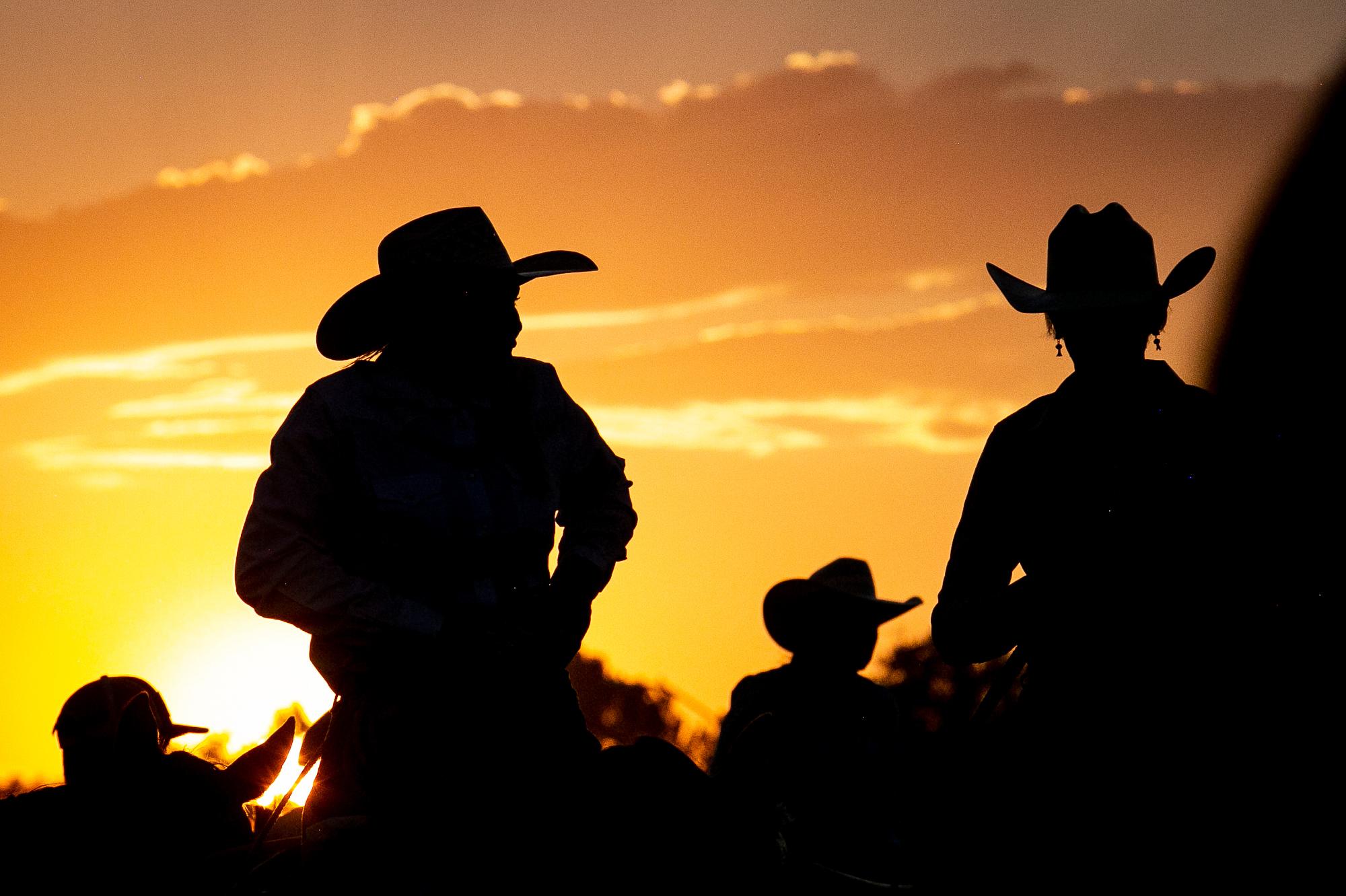Originally published on September 4, 2018 4:01 pm
Warming temperatures are sapping the Colorado River, the water source for more than 40 million people in the southwest. A new study finds over the last 100 years the river’s flow has decreased by more than 15 percent.
Colorado State University researcher Brad Udall co-authored the study with UCLA scientists Mu Xiao and Dennis Lettenmaier. It’s published in the journal Water Resources Research. Some of Udall’s research is supported by the Walton Family Foundation, which also supports KUNC’s Colorado River coverage.
Warming temperatures throughout the Colorado River watershed accounted for more than half the decline in flows, Udall says. Other factors include changes to precipitation patterns and loss of snowpack in high altitudes.
“The impacts of temperature are very large on this river and if you believe temperatures are going to increase -- as every reputable scientist now does -- you then have to conclude that the future of the river is going to be a future with much less water in it,” Udall says.
The amount of precipitation increased by about one percentage point during the last 100 years, but it didn’t end up in areas that would boost the river’s flow in significant ways.
Udall says most water managers agree that climate change is fundamentally altering how the river functions. Officials in Arizona, California and Nevada are currently negotiating a new plan to voluntarily cut back how much water they take from the river to avoid mandatory reductions. Federal officials have given the states until the end of the year to craft a plan.
The latest study builds on a 2017 study Udall published with University of Michigan researcher Jonathan Overpeck that compared flows in the Colorado River during a period of hot and dry conditions in the basin starting in 2000 to long-term average flows. From 2000 to 2014 flows in the river averaged 19 percent below those recorded the previous 93 years.
He notes too that the current drought conditions in the basin differ from droughts in the recent past. An extended drought from 1953 to 1968 was mostly driven by lack of precipitation, whereas the 21st century drought is being driven by increasing temperatures, a product of climate change.
“It’s disturbing,” Udall says. “I think we’re going to see a very different world as the 21st century unfolds with all these climate change impacts.”
This story is part of a project covering the Colorado River, produced by KUNC and supported through a Walton Family Foundation grant. KUNC is solely responsible for its editorial content.
Copyright 2018 KUNC. To see more, visit KUNC.







